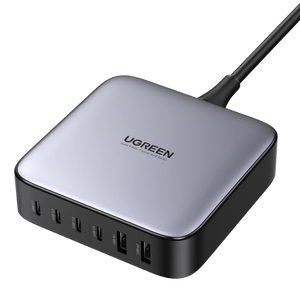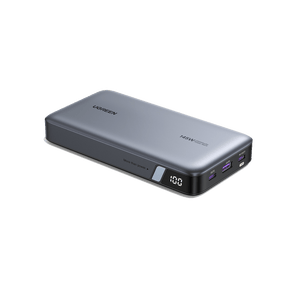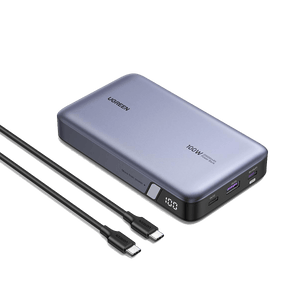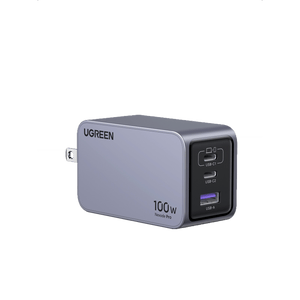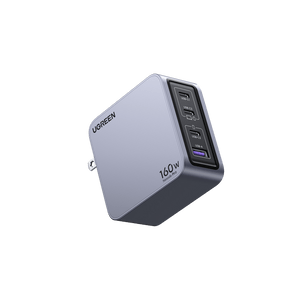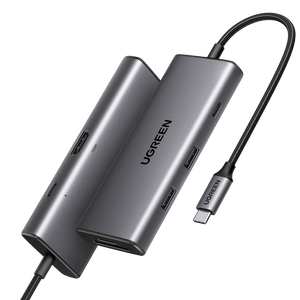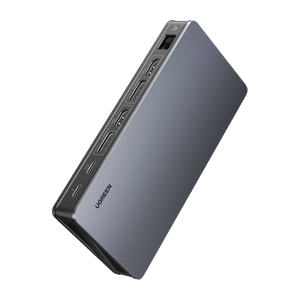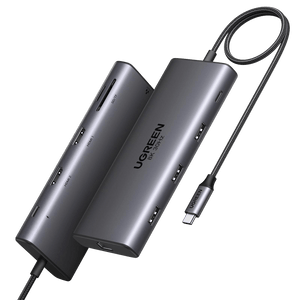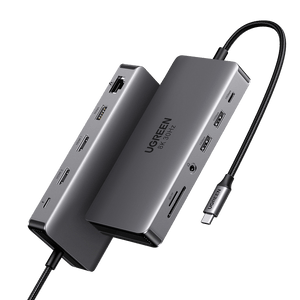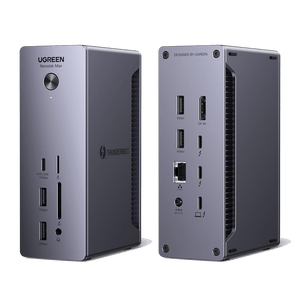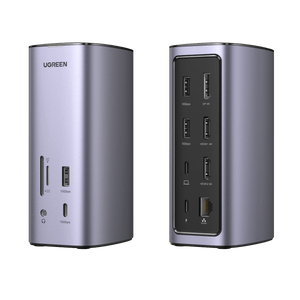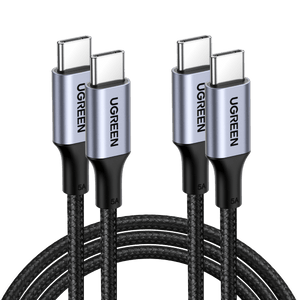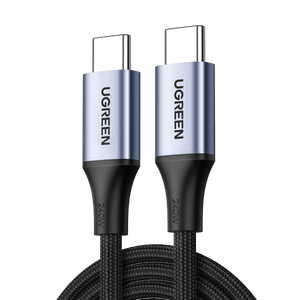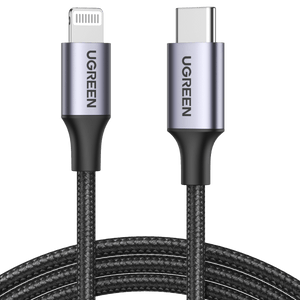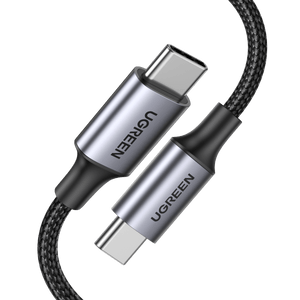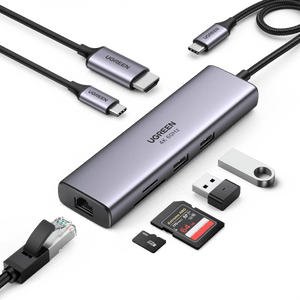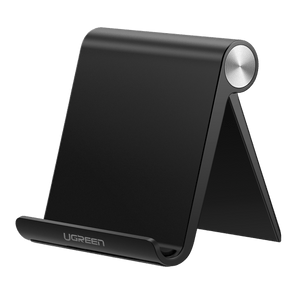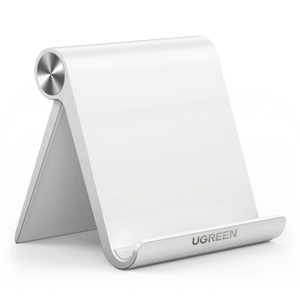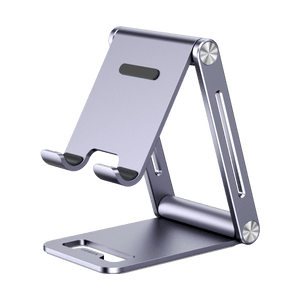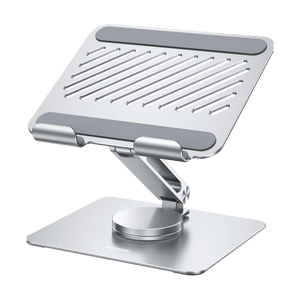Solar Generator 101: What is a Solar Generator and How Does it Work
The immeasurable advancements in renewable energy technology led to the creation of solar generators, giving people a more reliable alternative to fuel-powered generators. Solar generators provide a more sustainable and cleaner source of energy for different applications.
If you’re considering making the switch to solar generated power, but don’t know where to begin, in this comprehensive article, we would be delving into all there is to know about solar generators.

Key Takeaways
- Solar Generators Harness Sunlight for Clean Energy: Solar generators convert sunlight into electricity via the photovoltaic effect, offering a sustainable alternative to fuel-powered generators. Comprising solar panels, batteries, charge controllers, and inverters, they provide an eco-friendly power solution with no emissions, ideal for environmentally conscious users.
- Versatile Applications with Minimal Maintenance: From portable units for camping and emergencies to stationary systems for homes and businesses, solar generators cater to diverse needs. Their low-maintenance design, with fewer moving parts and silent operation, makes them a practical choice for off-grid living, RV enthusiasts, and reliable backup power during outages.
- Renewable Power with Long-Term Savings: Relying on infinite sunlight, solar generators reduce dependence on fossil fuels and eliminate ongoing fuel costs, unlike gas-powered counterparts. Though initial costs range from $900 to $16,000 depending on capacity, their durability (up to 15 years) and zero operational expenses ensure significant long-term savings.
- Lithium-Ion Phosphate Batteries Boost Efficiency: The best solar generators, like the Ugreen PowerRoam 1200, utilize lithium-ion phosphate (LiFePO4) batteries for superior lifespan, high energy density, and fast charging. These deep-cycle batteries enhance performance, making solar generators a reliable and efficient choice for powering essential appliances and devices.
What is a Solar Generator
A solar generator or a solar power station is a self-contained unit that can transform sunlight into electricity. The generator does this through what is known as the PV (photovoltaic) effect. Solar generators are a reliable and renewable option for generating power, and they are eco-friendly because they harness the energy produced by the sun.
There are many different types and sizes of solar generators, and they all provide solutions to a wide range of energy needs. Whether it’s a small portable unit or large-scale stationary installations, they all serve the same purpose.

The Components of a Solar Generator
To understand how a solar generator works to produce electricity, you must first understand its components. Let’s dive into it.
Solar Panels: Solar panels or PV modules are the heart of every solar generator because they are in charge of capturing sunlight and converting it into DC (Direct Current) electricity for use.
Battery: Solar generators are built with a battery that stores the converted direct current electricity for future use. The battery ensures that the power supply is steady even when there is no sunlight or nighttime comes.
Charge Controller: The charge controller acts as an intermediary to regulate the flow of electricity between the battery and the solar panels. This prevents overcharging of the battery and possible damage while promoting the durability of the generator.
Inverter: The inverter is in charge of converting the stored DC (direct current) electricity to AC (alternating current) electricity so that it can be suitable for regular use. AC electricity is the standard electric current compatible with household devices and appliances.
DC Loads: Some devices can run on DC power directly without having any issues, so some solar-powered generators make provision for this by adding DC outlets. This allows you to connect your devices that DC electricity can power to the solar generator directly, canceling the need for a DC to AC electricity conversion.
How do Solar Powered Generators Work?
Solar power generators are not too complicated in their function, but they work based on an established scientific effect known as the photovoltaic effect. When sunlight hits the solar panels, the photovoltaic cells in the panels absorb the light, to release and create an electric current.
The charge controller helps optimize the current flow into the battery and allows it to store any excess electricity produced when the sun is still out. The inverter converts the stored DC electricity into AC electricity, making it suitable for household use.

The Usage of a Solar Generator(Why Should You Use a Solar Generator?)
Solar generators offer a ton of benefits that have made them a necessity in our day. With more environmentally conscious people rising every day, and the need for a clean source of energy, solar generators have become the next best option. Here’s why you should use a solar generator:
Renewable Source of Energy
Solar generators depend on sunlight, which is a renewable and infinite energy source, making them environmentally friendly. They also efficiently decrease greenhouse gas emissions.
Low Maintenance
Solar generators require less maintenance than traditional generators because they have fewer moving parts. This quality contributes to their ability to last longer and maintain quality.
Ability to go Off-Grid
Solar generators allow people to access electricity even in the remotest areas without the need for regular power grids.
Silent Operation
Solar generators produce electricity without making any noise, unlike traditional generators. This makes solar generators ideal for different applications where noise pollution is a major concern.
Reliable Emergency Power Supply
Power outages can occur for many reasons, like natural disasters or power grid failure; in times like this, solar generators provide a reliable and consistent source of power. Solar generators can power essential appliances and devices while the power is out.
Types of Solar Generators
There are different types of solar generators to meet the different needs of users. Depending on your preferences and your needs, these are the types of solar generators available;
Portable Solar Generators
Portable solar generators are designed to be carried around and are suitable for outdoor activities, emergency power needs, and camping. They usually have handles and wheels to allow you to move them freely.

Stationary Solar Generators
Stationary solar generators are bigger installations that work best for businesses, homes, and off-grid power systems. They are usually integrated with solar panel arrays mounted on the rooftop or the ground in an open area.
Who Benefits from Using a Solar Generator?
A wide range of people can benefit from using solar generators. From outdoor enthusiasts, people who own RVs and love to explore nature, to people in remote areas with no reliable power supply. As a homeowner, you can also rely on solar generators as a backup power source when there are emergencies or power outages.
Environmental advocates and people who are committed to reducing their carbon footprint on the earth can benefit from using solar generators too. In essence, solar generators are for everyone! People who simply want to enjoy a better quality of life, and businesses who want to be more efficient and spend less on traditional generators can all benefit from using solar generators.
Key Factors to Consider When Shopping for Your Solar Generator
If you’re planning to begin your journey of using solar generators, there are a few critical things you must look out for before you buy.
The Power Output
Carry out an assessment of your devices and the appliances you plan to use with the solar generator, and make sure you select a solar generator with sufficient wattage to power them. Calculating the power output of the generator is crucial because it determines how much load you intend to use and how much the generator can carry. When you consider this, remember that there will be peak power times, so choose a solar generator that is reliable and efficient.
Battery Capacity
The battery capacity is another essential feature you must check before you finalize buying any solar generator. Battery capacity determines how much energy the battery can store, how long it will last, and how many devices it can power simultaneously.
Portability and Weight
If you plan to get a portable solar-powered generator. Test out the generator’s weight and consider if the weight affects its mobility and usability in different settings to get an idea of how portable and functional it is.
Charging Options
Many inverters have more than one charging option to enhance the amount of current stored and promote longevity. Check if your solar generator can charge from AC outlets or use car chargers in addition to the solar panels. Having versatile charging options increases the adaptability of the solar generator for different settings.
Inverter Type
Inverters with pure sine waves are more efficient and suitable for sensitive appliances to ensure reliable and smooth delivery of power.
Expandability
Some solar generators allow you to expand their capacity by adding more batteries and solar panels. This is not entirely a pre-requisite, but having knowledge of the solar generators' expandability beforehand will allow you to successfully plan for future scalability.
Warranty
Solar generators with reliable warranties and excellent customer support will always provide guidance at any point when you need it. This will allow you to buy a solar generator without fear in case any issues arise.
Best Solar Generator – UGREEN PowerRoam 2400 Solar Generator
The UGREEN PowerRoam 2400W 2048Wh LiFePO4 Battery Backup Solar Generator is a long-lasting solar generator designed to bring ease and high functionality for solar generator users. With up to 2048 watts capacity, the solar generator can power the most important home appliances without issues. The 13 output ports and portability allow users to use the power station directly for regular activities like camping or RV’ing.

In addition, you can get the UGREEN 200W Solar Panel that offers high conversion efficiency, and a unique feature- the smart sunlight alignment. This feature allows the solar panel to adjust according to where the sunlight is coming from at a particular time. The panel is water-resistant and highly durable.

Portable Solar Generators Vs. Gas- Powered Generators
A practical comparison of portable solar generators and traditional gas-powered generators can help you understand how a solar-powered generator is superior.
Pros of Portable Solar Generators
Clean and Quiet operation: Solar-powered generators do not produce any emissions or make any noise during their operation, making them unobtrusive and environmentally friendly.
Renewable Resource: Solar generators rely on sunlight- a natural resource, helping people to reduce their dependence on fossil fuels. It also contributes to helping us live more sustainable lives.
More Affordable Operating Costs: Solar power comes to us free of charge; we do not need to spend money purchasing it, unlike fuel which requires you to spend constantly. It reduces the need for long-term operating expenses.
Cons of Portable Solar Generators
Limited Power Output: Portable solar generators have limited power output, so they may not be able to power some devices with higher watt requirements.
Depends on the Weather: Sunlight is the primary source of power for solar generators, and because of the weather, it may not be able to give enough output. Rainy or cloudy days affect the output of solar generators.
Pros of Gas-Powered Generators
Higher Power Output: Gas generators can handle high-wattage devices, so they are more suitable for heavy machinery and bigger appliances. Companies and industries prefer them for this single reason.
Reliable Power Output: Regardless of the weather condition, gas-powered generators work, ensuring you enjoy a more consistent power supply.
Fast Charge: It’s easy to refuel gasoline when it runs out, so it can continue to provide power for long periods without the need to recharge batteries.
Cons of Gas-Powered Generators
Emissions and Noise: Gas generators emit carbon and noise into the environment when they are in operation. It is one of the major contributors to air and noise pollution in our world today.
Dependency on Fuel: You will need a consistent supply of fuel to use a gas-powered generator for a long time, which is not feasible in emergency situations. In the case of natural disasters, logistics may pose a significant challenge in getting gas to run the generator, so it is not completely reliable.
Maintenance: Gas generators are very high maintenance, and they require regular checks and servicing to work optimally. The servicing and maintenance add to the overall operating costs, making it expensive to use overall.
What Size Solar Generator do you need to Run a House?
The size of a solar generator needed to power a house totally depends on the house’s power demand and the amount of sunlight in the area. An average home with basic energy usage may optimally use a 5,000 to 10,000 watts capacity solar generator.
However, precise calculations to determine the size of the solar generator you need can be done with considerations of energy consumption and solar insolation.
Related Article: How Many KwH Does A House Use Daily, Month And Year in US?
Average Cost of Solar Generators
Solar generators are priced based on their brand, features, and capacity. The price of high-quality portable solar generators ranges from $900 to $2000, while bigger stationary solar generators cost from $3000 to $16,000. The initial investment in a solar generator may seem like a lot compared to gas, but in the long run, you will be saving more.
With gas, there will be continuous spending but with solar generators, it’s once and for all. Also, gas-powered generators negatively impact the environment, making them a liability for both the environment and your finances.
Benefits of Using a Solar Generators
The benefits of using solar generators are endless because they provide undeniable benefits for both businesses and individuals. Here’s what you stand to enjoy when you use a solar generator.
Environmentally Friendly: Solar generators are powered by renewable energy, so they reduce carbon emissions and contribute to helping the planet mitigate the negative impact of climate change.
Energy Independence: Energy independence means you do not depend on fossil fuels and the traditional power grid to enjoy power supply, giving you a significant autonomy over your energy production.
Low operating costs: Many solar generators require minimal operational expenses. This results in you saving more money overtime.
Quiet and Durable: Solar generators are very silent and durable. Once they are installed, they require little to no maintenance, make no disturbing noise, and work efficiently for years.
What is the Best Battery for a Solar Generator?
As we have already established, the battery is a critical component of the solar generator, so it is important that you get it right. The quality of the battery influences the durability and performance of the solar generator, which is why you must pay attention to it. The best battery for a solar generator is what we call a deep-cycle battery. Deep cycle batteries have two different types:
AGM batteries
AGM (Absorbent Glass Mat) batteries are batteries designed with a unique electrolyte that is absorbed in glass mat. AGM batteries are popular for their maintenance-free operations and their durability. Generally, AGM batteries are more affordable, so they are ideal for both portable and stationary solar generators.
Lithium-ion Phosphate (LiFE PO4) Batteries
Lithium-ion Batteries offer a longer lifespan, high energy density, and much faster charging time compared to other batteries. They may seem expensive upfront, but they give you more than enough value for your money with their durability and efficiency.
Lithium-ion phosphate (LiFE PO4) batteries are the best batteries for solar generators. They work efficiently for years before the need for maintenance or necessary checks arises.
FAQs about Solar Generator
How long do solar generators last?
A properly used Solar generator can last up to 15 years, so it is an investment that is worth it in the long run for both businesses and homeowners.
Is it safe to use solar generators?
Solar generators are very safe to use! Since they do not run on fossil fuels, they cannot produce any harmful gas to the environment.



